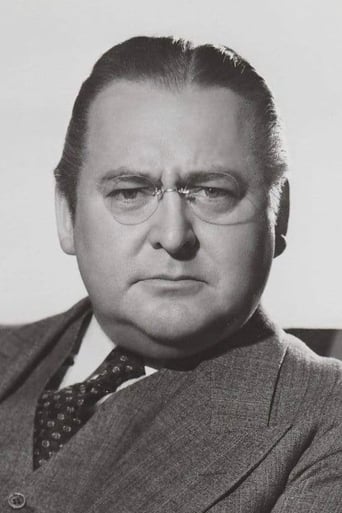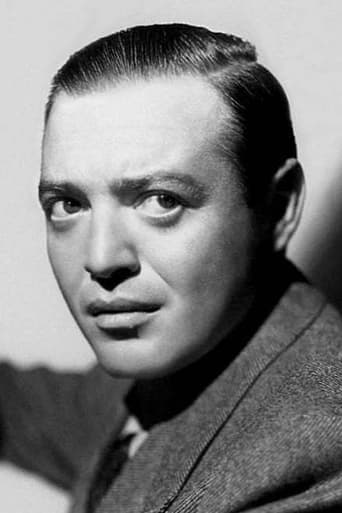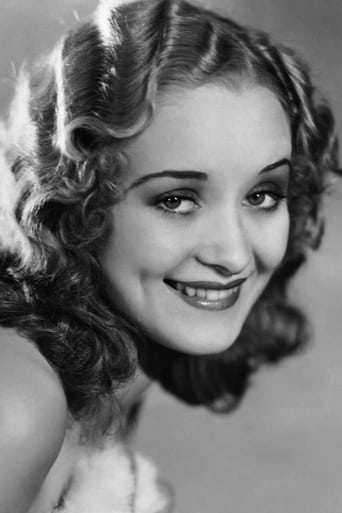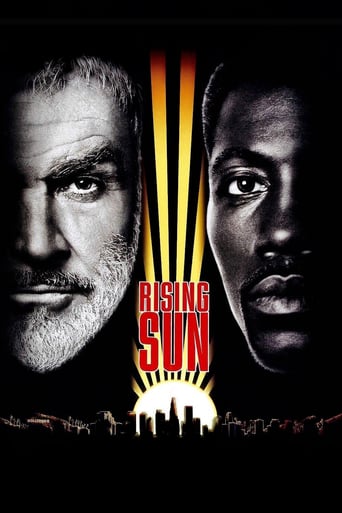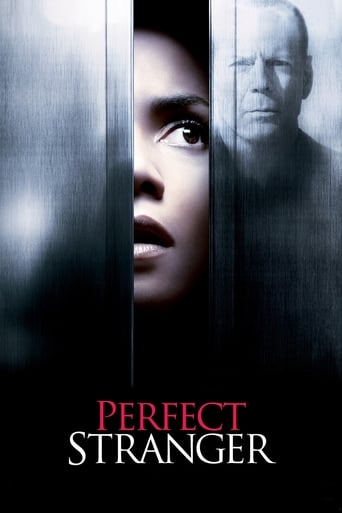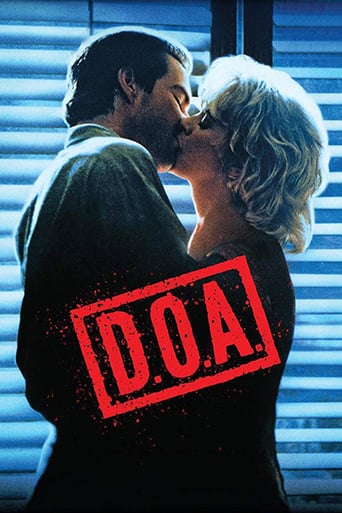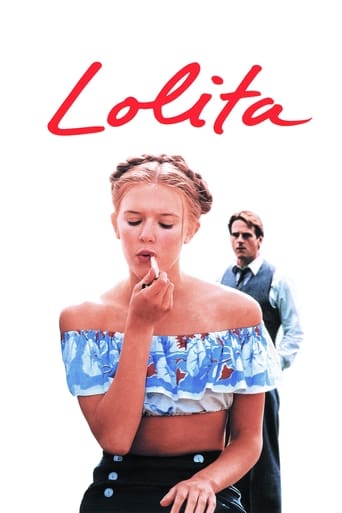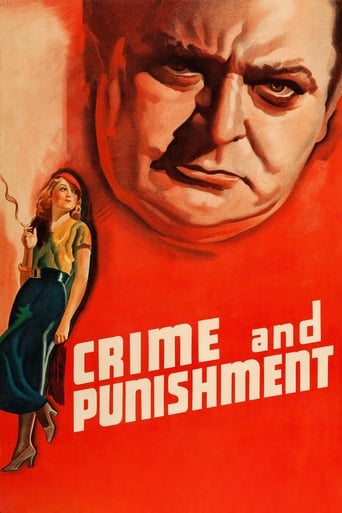
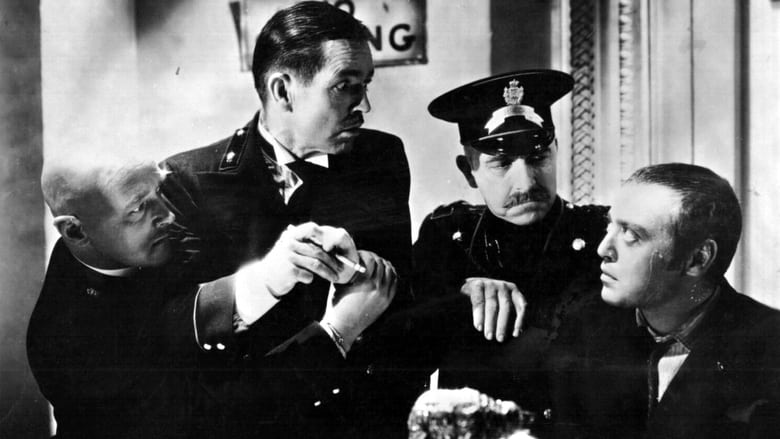
Crime and Punishment (1935)
A man is haunted by a murder he's committed.
Watch Trailer
Cast
Similar titles
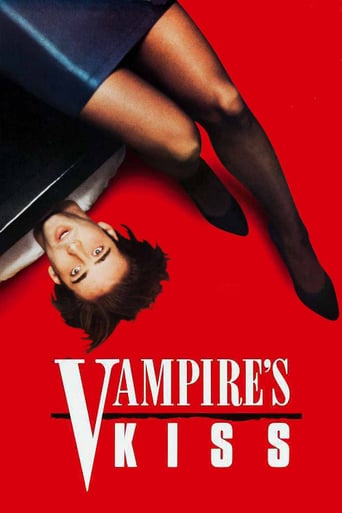

Reviews
Very disappointing...
Simply A Masterpiece
This story has more twists and turns than a second-rate soap opera.
It is an exhilarating, distressing, funny and profound film, with one of the more memorable film scores in years,
Along with "M" and "The Face Behind the Mask," this Raskolnikov is Peter Lorre's finest rôle. Unfortunately, it's not supported by the rest of the production. The stylized von Sternberg lighting and the Madonna look he gives Marian Marsh (Dietrich stand-in?) don't really suit the grim narrative.Edward Arnold is woefully miscast as Inspector Porfiry. He's ponderous and bombastic, in his usual manner. Aside from Mrs. Patrick Campbell, the rest of the cast play their stock Hollywood characters. The only Russian about them is "the long-winded names by which they address each other." (Kael)Coincidentally, a great French "Crime and Punishment" was made the same year. Harry Baur as Porfiry is sensational, and if he had been cast as Porfiry in the von Sternberg version, then it would have caught fire.I give it a 7 for Lorre.
Director Josef von Sternberg once said that the best stories come from brief sources like newspaper articles. His condensation of Dostoyevsky's cumbersome novel into an 88 minute film, bears his statement out. I've always felt that Crime and Punishment would have worked better as a short story than a novel. There's neither enough plot nor philosophical speculation to justify its length. The film is a visual treat (it's a Sternberg) and moves along at a fast enough pace to keep interest from lagging -- even when the end is inevitable from the outset (courtesy of the Production Code). But the film's greatest strength is in its actors. Edward Arnold, the too beautiful to be real Marian Marsh, and especially Peter Lorre. Mr. Lorre is riveting in his depiction of Raskolnikov's journey from poverty driven desperation, to fear, to arrogance, to his ultimate repentance and redemption. It's not only one of his finest performances, but one of the cinema's all time greats.
Classic Russian literature is a wealth of psychological intentions, brimming with historical depravity and conversely elegance. Poverty and degradation was rife during the 18th and 19th centuries. This depth of psychological characterisation can most certainly be found in one of Russia's greatest writers, Fyodor Dostoevsky, and particularly in (in my opinion) his greatest work, Crime and Punishment which was published in instalments in 1866. (This publication is also one of my favourite books of all time).The book (and of course this 1935 film) follows Raskolnikov (Peter Lorre), a lauded graduate of criminology, is witness to the depravity and selfishness of the culture around him. After seeing a young woman, Sonya (Marion Marsh), being ripped off by an old female pawnbroker (Mrs Patrick Campbell), he sees it as his duty to remedy the problem by murdering her. With his credentials as a master criminologist, Raskolikov believes he can commit the perfect crime. Unfortunately his actions do not go as he had planned, and the time spent after the murder he is overcome with paranoia.It seems appropriate that this film was produced in the 1930's, during the Great Depression. The poverty and hypocrisy redolent in that decade were found in the Russia of the novel. Peter Lorre plays a fantastically paranoiac, and sweaty character, his facial contortions perfect instruments of doubt, scared awkwardness, and justified anguish. Raskolikov's path leads him to the chief of police, Porfiry (Edward Arnold), and his guilt begins to unravel.This film was an incredibly low-budget affair, which hampers the director, Josef von Sternberg's, usual visual flares (in films such as The Blue Angel (1930) and Shanghai Express (1932)). This film was produced under Columbia Pictures, as Sternberg's previous employers, Paramount, had ended his contract with them. However, whilst it is technically flawed, and is largely unimaginative in the art department, it is still a beautiful film to watch. Certainly not the greatest adaptation of Dostoevsky, it does carry a great performance from Lorre, and packs in some of the psychological tension produced from the narrative.www.the-wrath-of-blog.blogspot.com
This very compelling film nevertheless leaves the impression it's "Crime and Punishment for Dummies." Peter Lorre and crew definitely keep your attention. Even my 8-year-old son wanted to see what would happen. Yet you feel you're viewing a precis.The stage actress who played the truly contemptible murder victim was a marvel to behold. And I savored every twist and turn in the cat-and-mouse game between Peter Lorre and the Tim Russert look-a-like police inspector. Less satisfying were the stereotypical stuffed shirt who wanted to marry Lorre's sister and the (albeit adorable) heart-of-gold prostitute.The police inspector makes the interesting observation in this film that sending an innocent man to Siberia amounts to a worse killing than fatally beating a loathsome pawnbroker. Much is made of the contention that one's conscience can be the worst prison. Except for psychopaths, I guess.This movie's a little superficial but definitely worth seeing.
